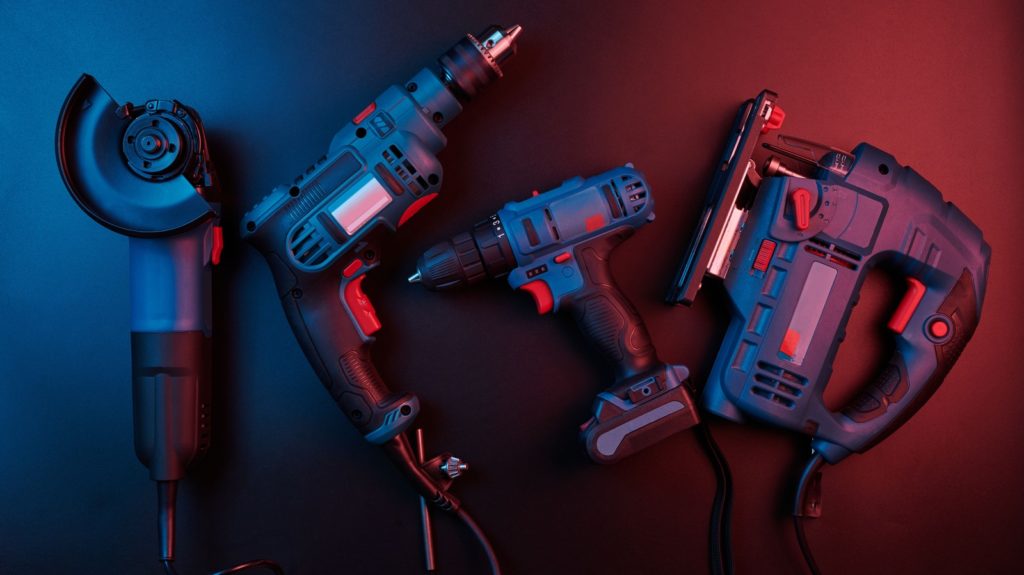A Synopsis Of Power Tool
3 min read
Gardeners rely on a variety of garden tools to maintain their outdoor spaces effectively. The most important instrument is the spade for garden which is used for digging as well as turning the soil. It is useful in planting, transplanting and constructing new garden beds. The spade’s sharp, flat edge cuts through roots and soil with ease. To use it, place the spade vertically, then step on the blade, then put it in the ground Then, pull the soil upward. Another essential garden tool is the hand trowel. It’s ideal for small-scale digging planting, and weeding. Its small size and slim blade are ideal for work in small space or container. To use a hand trowel, grip the handle tightly and insert the blade into the soil, and then use it to raise soil or plants with ease. To cut tasks, gardeners rely on secateurs or pruners. They come in bypass or anvil styles, with bypass pruners being more flexible for cutting precise cuts on live branches. Anvil pruners work best for deadwood and tough stems. To use pruners, position them on the branch or stem to be cut, and then hold the handles firmly. Are you searching for power tool? View the before described site.
A garden rake is necessary for leveling soil, removing obstructions, and spreading mulch or compost. Its sturdy tines can handle diverse tasks, from gathering leaves to smoothing the soil surface. To use a garden rake, grip the handle with firmness and pull it toward you, using quick strokes to collect dirt or to level the soil. Garden shears are crucial for trimming the hedges, shrubs, and smaller branches. They come in various sizes and styles, including straight-blade shears for precise cuts and serrated-blade shears to cut thicker branches. To use garden shears, place the blades on the branch that you want to cut and exert the pressure evenly to get a clean cut. A hose or watering can is essential to keep plants hydrated, particularly in dry times. Choose a watering can with narrow spouts to ensure precise watering of the individual plants, or a hose equipped with an adjustable nozzle for larger areas. To use a watering can or hose, aim the flow of water towards the base of the plant and avoid the foliage to stop fungal diseases. Garden gloves are essential to shield hands from blisters, cuts and thorns when working within the gardens.
Make sure you choose gloves made of durable materials like the leather and synthetic mixtures for the best protection. For gardening gloves put them on securely to ensure you have a secure grip on the tools and avoid injuries. A garden fork is helpful for aerating soil and breaking up clumps as well as turning piles of compost. The sturdy tines of the fork can break through soil that is compacted easily. To employ a garden fork, position it vertically and put it in the soil. Pull the handle inwards to loosen and aerate soil. A wheelbarrow or garden cart is the best choice for transporting heavy materials like soil plants, mulch, or garden waste. Select a wheelbarrow with strong handles and a sturdier design to make it easy to move. To use a wheelbarrow, put the materials in the tray, hold the handles firmly, and move it towards where you want it to be location. Then, a pruning tool is necessary for cutting large branches or limbs of trees. Select a saw for pruning that has a sharp, durable blade as well as a comfortable hand for cutting efficiently. To use a pruning saw, position the blade against the branch to be cut, and then use long steady strokes to cut through the wood. In the end, gardeners profit from having a broad range of tools for gardening to tackle various tasks effectively. From digging and planting to pruning and watering, the best garden tools can make gardening enjoyable and productive.







